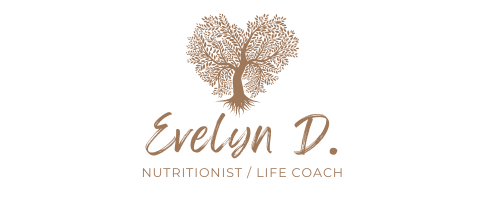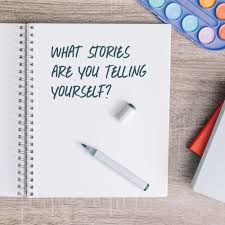Clients often come to me wanting to know if they’re doing things right or wrong when it comes to eating.
Someone just recently shared his concern that he was eating too often. Someone else was worried that they were eating too late in the morning. Everyone and their brother wants to know how much protein (or carbs or fat) they should be eating.
Here’s the thing…
I don’t really know.
Except you…
Yep…you. I realize this fact might put me out of business, but my whole goal in life is to guide you and empower you to make connections with your food and deeper Self, NOT to dictate what, when and how you should be eating (or feeling)..
So aside from the basics of eating REAL food and starting with somewhat balanced macro and micronutrients;
(so ya, if you’re NOT eating a variety of real food 80-90% of the time, you DO have some work to do. Call me. :))
..here are the 3 ways to know that the way you’re eating is right for YOU:
-
Your body composition (amount of fat on you body) is where you want it to be or it’s at least heading in the right direction.
- If you’re getting fatter or your weight/lean muscle is not getting to where you want it to be, there’s a strong possibility that your eating (and/or drinking) needs to be adjusted. (Note I didn’t say you’re eating too much.) It may be what you’re eating, how you’re eating and the macro and micro nutrient proportions that need analysis and tweaking. There are other factors that could be at play as well such as hormones, digestion, toxicity, immunity, stress, sleep and physical activity, but food is usually the biggest factor AND food has to be right to properly heal the other areas.
-
You aren’t craving foods and you’re hunger levels are balanced.
- If the way you’re eating leads to night time or weekend binging, that’s a tell tale sign that you’re not eating the right foods in the right amounts at the right times. I see this a lot with clients who eat a carbohydrate dominant diet. They’re usually eating a low fat diet at the same time. Weight loss programs like Weight Watchers tend to nudge “dieters” in this direction because fat is higher in calories (and points), so it makes mathematic sense to just cut fat so you can eat more, but YOU ARE NOT A CALCULATOR! Fat is incredibly satisfying, fats are essential for health and optimal function and fat is required to absorb nutrients. If you don’t absorb nutrients, your body will keep sending hunger signals until it gets the nutrients it needs to function. The key is finding the right balance.
- Another scenario I come across are people that are either overly stressed or have more self control earlier in the day (or week), so they restrict eating when their willpower is strong or they’re too distracted or busy to eat. This approach leads to cravings and hunger (and giving in to those signals which then leads to weight gain) eventually, because the body has to get what it needs to function. Period.
-
Your energy levels are high and you’re symptom free (or symptoms are improving).
- If you’re dragging, drained and fatigued or feeling worse symptom-wise – something is off. It could be hormones (adrenals and thyroid especially), food sensitivities, infection or gut imbalances, stress, mindset, nutrient deficiencies, etc…It’s important to start with food and lifestyle first to see if making those adjustments make an impact in the right direction. Functional testing is great too, but can be pricey for some, so start with food.
- This is where a few week period of eliminating the top trigger foods can be really telling and powerful. The easiest way to do this is the 2 week Paleo Cleanse with a careful reintroduction. For just 2 weeks you pull out the most highly allergenic foods and work on clearing liver/detox pathways with 2 meal replacement shakes per day (and 1 healthy meal plus snacks). After the 2 weeks, you reintroduce things like dairy and gluten (one at a time), you note any reactions over the course of 3-4 days for each food. If you still feel great, that food is likely OK – at least in small amounts. If not, you know it should be avoided.
So there you have it. This is a great start to assessing if the way you’re eating is working for you or not. There are many other nuances of course, but these 3 signs will get you to start connecting the dots. If you need more individualized support through this process, there are 3 ways to work with me:
- Online via phone, Facetime or Skype (or if you’re local we can meet up somewhere like Whole Foods or your home). Start here! with a free 15 minute phone session to get some clarity/info. and to see if we’re a fit for each other.
- If you’re a Crossroads or Columbia Crossfit patient or member; go here and select the Crossroads options. Crossroads is an incredible healing place with physical therapy, massage and other healing modalities with a strong focus on fitness and function.
- If you’re a patient (or are interested in becoming a patient) at Connecticut Natural Health Specialists – an amazing practice of integrative physicians (NDs and DO), call here and the staff will work with you on scheduling. We also have group weight loss programs for CNHS patients (covered by some insurances) that are held weekly.
I hope to work with you in some way soon. Wishing you more and more love and connection on your journey,
xo,
Ev





